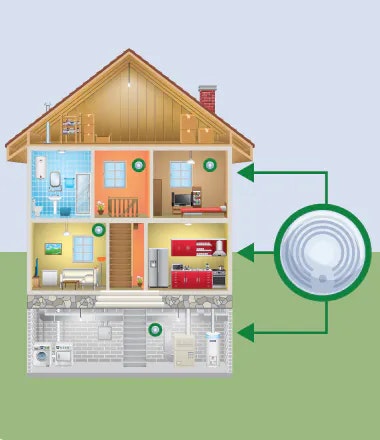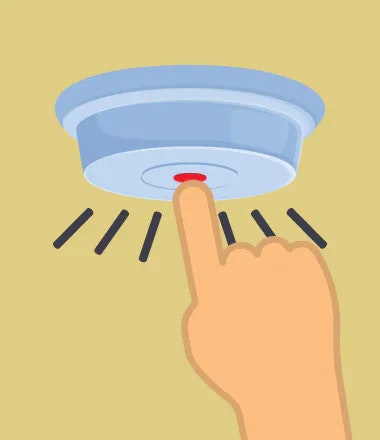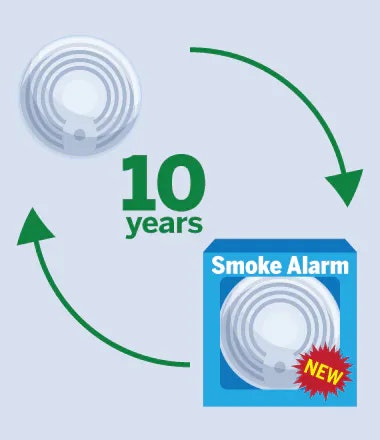Fire Prevention Week 2024

The reality is that when fire strikes, your home could be engulfed in smoke and flames in just a few minutes.
This year’s FPW campaign is “Smoke alarms: Make them work for you!” The campaign works to educate everyone about the importance of having working smoke alarms in the home.
According to NFPA, smoke alarms reduce the risk of dying in a home fire by more than half (54 percent). Meanwhile, roughly three out of five fire deaths happen in homes with either no smoke alarms or no working smoke alarms.
“Smoke alarms serve as the first line of defense in a home fire, but they need to be working in order to protect people,” said Lorraine Carli, vice president of outreach and advocacy at NFPA. “This year’s Fire Prevention Week campaign helps better educate the public about simple but critical steps they can take to make sure their homes have smoke alarms in all the needed locations and that they’re working properly.”
The El Dorado County Fire Protection District encourages all residents to actively support the 2024 FPW theme, “Smoke alarms: Make them work for you!” “Working smoke alarms can make a life-saving difference in a home fire, giving people the time to get out safely,” said (your name, title). “This year’s Fire Prevention Week campaign is a great way to remind everyone about these messages and to act on them.”
El Dorado County Fire Protection District offers these key smoke alarm safety tips and guidelines:
- Install smoke alarms in every bedroom, outside each separate sleeping area (like a hallway), and on each level (including the basement) of the home.
- Make sure smoke alarms meet the needs of all family members, including those with sensory or physical disabilities.
- Test smoke alarms at least once a month by pushing the test button.
- Replace all smoke alarms when they are 10 years old.
Key smoke alarm safety tips and guidelines
Install
Install smoke alarms in every bedroom, outside each separate sleeping area (like a hallway), and on each level (including the basement) of the home.

Test
Test smoke alarms at least once a month by pushing the test button.

Replace
Replace all smoke alarms when they are 10 years old or stop responding when tested.

